Italian descendant used his talent for marketing twice. Lee Iacocca created projects that would save both Ford and Chrysler from financial trouble when they needed it the most
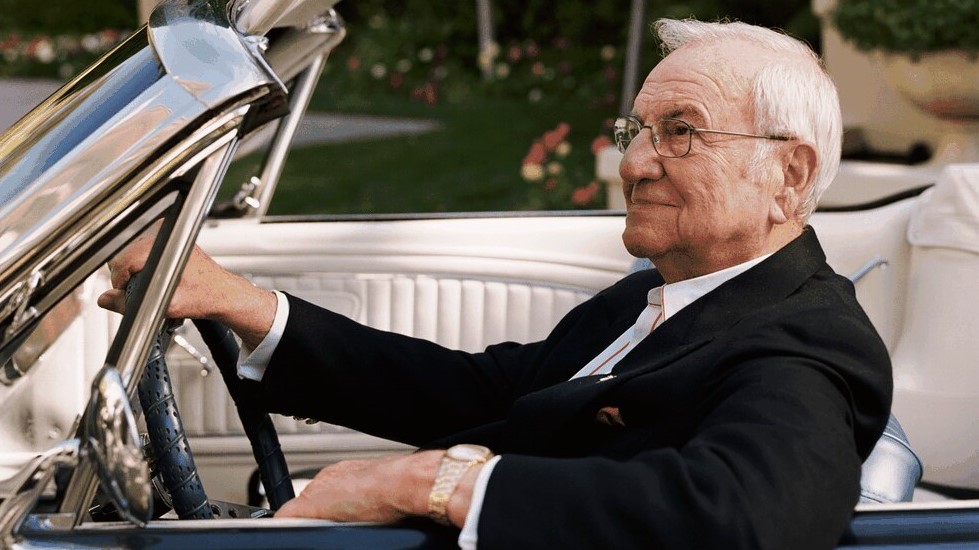
Making a car work is a joint effort of many parts. Engine, transmission, suspension, wheels, electronic and electric systems… Everything must be properly connected and in top shape, otherwise the car will not run. If one or more are faltering, the car may not work at all or, which is even worse, do it in unsafe ways.
As it turns out, selling a car is also a joint effort of many parts. Design, equipment, staff training, physical and online facilities, maintenance… Everything must be connected and send the same message, otherwise the car may even bring financial loss to its maker. Lee Iacocca understood that idea better than anyone.

Early days of Lee Iacocca
Iacocca was born exactly 98 years ago in the North American city of Allentown. His family owned a small restaurant that barely got them through the Great Depression. In fact, he almost ventured into that field: along with his father, he created an early version of the fast-food business. But things would change soon.
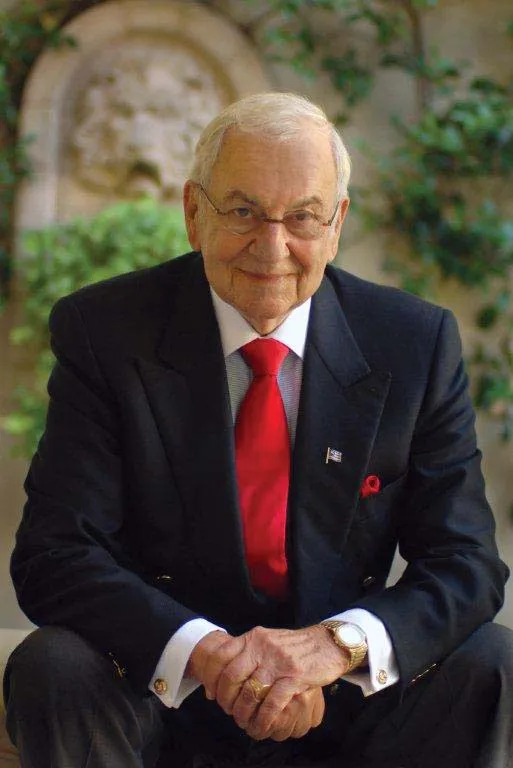
He wanted to fight in World War II more than anything, but a case of rheumatic fever in his childhood prevented it. He eventually graduated in engineering from Lehigh University in 1945 and obtained a scholarship for a master’s degree at Princeton University in 1946. Those studies landed him a job at Ford’s educational engineering program.
Iacocca’s life would have another plot twist shortly later: he proved himself much better in sales. Over the next years, he would work his way up in the automaker’s departments. He also met his future wife Mary during that time. Later, they had two daughters, Kathryn and Lia. But there is much more to say about Iacocca’s time in Ford.
The businessman attracted the spotlights with a regional sales campaign in 1956. In essence, it was about buying a new car by making a down payment of 20% plus monthly payments of $56. It was so successful that the company extended it nationwide. The subsequent profits propelled Iacocca to general manager.
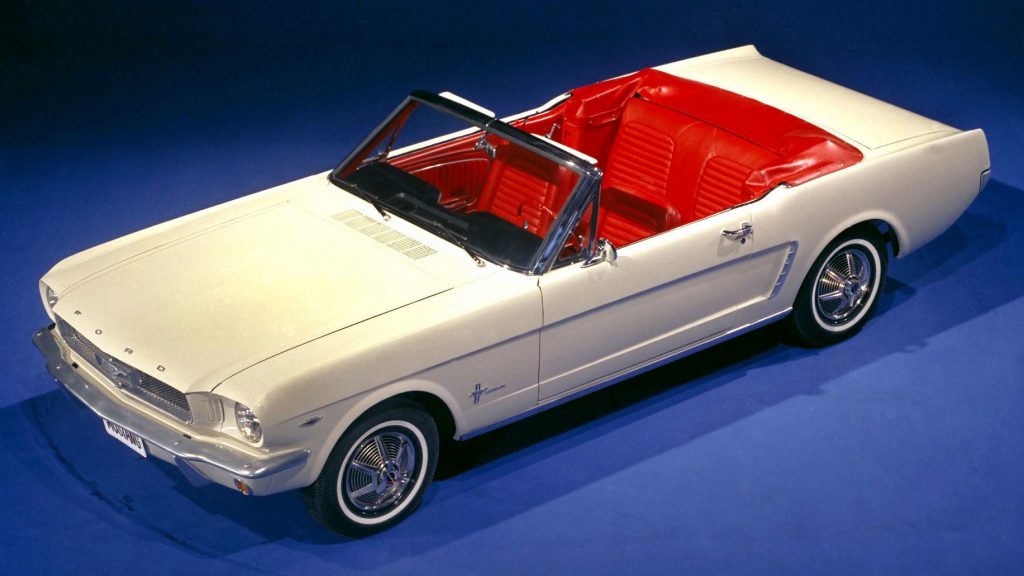
Father of the Mustang
In the 1960s, Ford was going through conservative times. The Edsel fiasco harmed its finances and image, so it did not want to invest in new cars any time soon. However, Iacocca was sure that he had a winning formula. He practically put his own job as collateral to persuade Henry Ford to develop the Mustang.

Pairing V8 engines to charming design and low prices turned out to be a success, indeed. While the pony car broke sales records, Iacocca went on to work on several other projects. The Lincoln Continental Mark III and the Mercury Cougar were other high points of his career. He became Ford’s president in 1970.
While that position had been his dream, it would not last long. Lee Iacocca had a terrible relationship with his boss, Henry Ford II. Their strong personalities led them to frequent conflicts with one another. In 1978, the problems with the Pinto served as the official last straw that led to Iacocca’s termination from Ford.

Lee Iacocca in other projects
While he was still at Ford, Iacocca would start a partnership with another automotive legend. In the 1960s, Carroll Shelby was looking to move from racing to building sports cars. He contacted Iacocca for help and got it. Later, they would cooperate to make the Shelby Mustang and even more in several Chrysler cars.
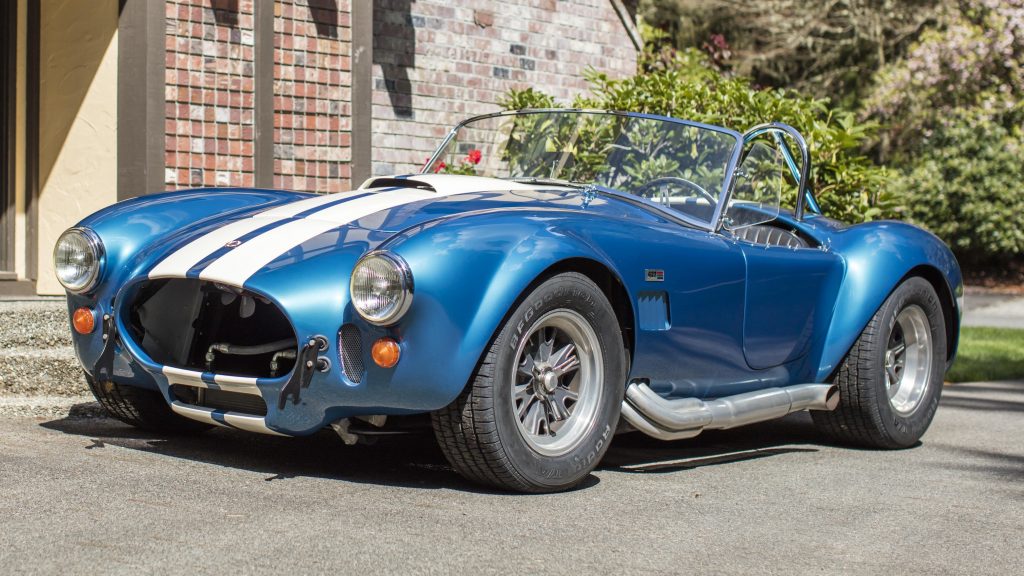
Right after he was fired from Ford, he had an offer from Renault. Parallel to that, he toyed with the idea of creating a partnership between carmakers of Europe, USA, and Japan. However, none of that was put into practice. Iacocca ended up hired by another local company and accepting an even harder challenge.
That company was Chrysler, which hired Lee Iacocca on November 2, 1978. It was the same day it posted a quarterly loss of $155 million. The company was on the brink of bankruptcy for many complex reasons; it needed to revamp its entire business structure. Fortunately, it chose just the right person for the job.
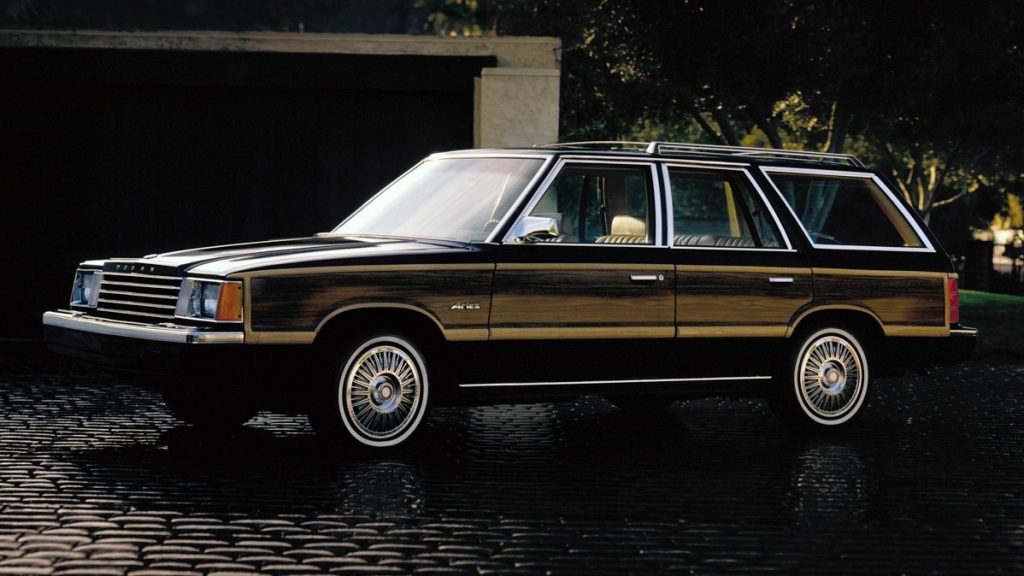
The reinvention of Chrysler
In times of oil crisis, all North American carmakers suffered from having a whole line of gas-guzzling cars. They were quickly losing sales to the compact models imported by Asian competitors. However, Chrysler was facing other problems as well. It was running low on cash and had deficient executive organization.
Parallel to that, the automaker’s image had been harmed by two main problems. One was its advertising campaign, which Lee Iacocca considered uninspired. The other was low quality control on the production lines. While it saved money there, it would spend much more addressing warranty claims and executing recalls.
Iacocca started by drastically reducing the company’s payroll – he fired 33 of Chrysler’s 35 vice presidents. He also made aggressive sales campaigns based on having customers effectively drive the cars. While all that surely helped, the oil and gas crises of 1979 represented yet another blow the maker had to sustain.

Lee Iacocca and the government
Chrysler had to act fast by firing or laying off employees, but no one wanted to keep doing that. The idea of partnering with Volkswagen appeared at some point, but it was quickly rejected. The two main options were to file for bankruptcy or to request financial help from the government. Iacocca chose the latter.
He secured US$ 1.5 billion in loan guarantees by committing to drastically restructure Chrysler. The maker abandoned expensive projects such as the Turbine Car, found new credit sources, persuaded labor unions to accept layoffs and reduced wages, closed a few plants, and even decided to cut down his own salary to a symbolic US$1.
Of course, none of that would work without making the product line more competitive. For that, Chrysler needed to work on both fronts as mentioned in the beginning of this article. It had to make the car itself better and improve the strategies to sell them. The videos shown here were a high point of those times.
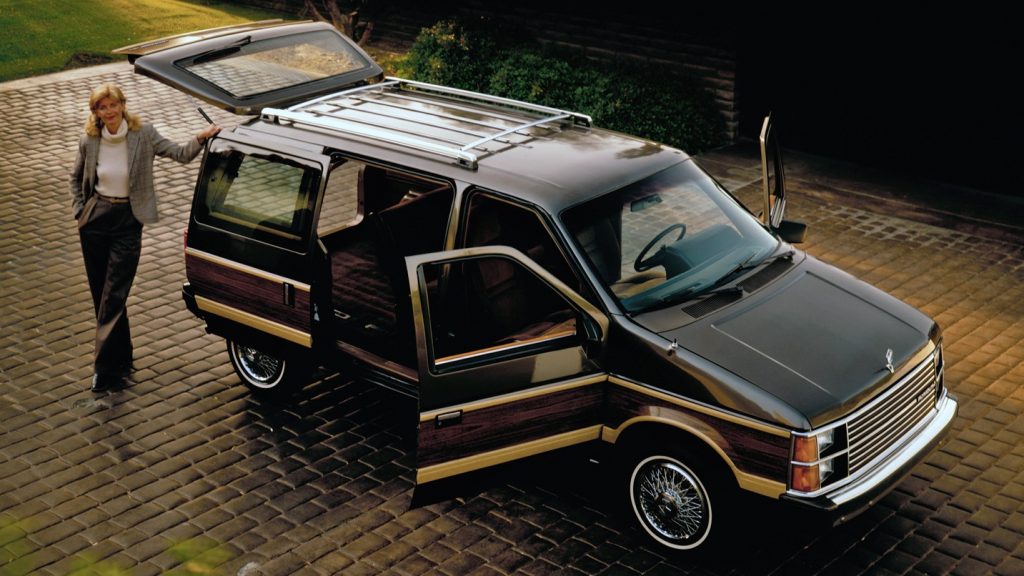
K cars and minivans
The whole Chrysler group updated its lineup with K cars. That was the nickname given to the models that came from the all-new K platform. It used front-wheel drive, smaller dimensions, and a more fuel-efficient concept. The project was already underway, but the loan guarantees made sure it could be concluded.
Two years later, in 1983, Chrysler would also release the very first minivans in North America. They offered unique solutions that maximized cabin space while keeping the external size small. As usual, the company developed car models for all its brands and trim levels, which expanded their appeal to many customers.
An interesting fact about those ventures is that both were originally offered to Ford but rejected. Besides, that happened at a time when not only Iacocca was working there, but also product planner Hal Sperlich. Both professionals ended up moving to Chrysler at around the same time and used both projects there.
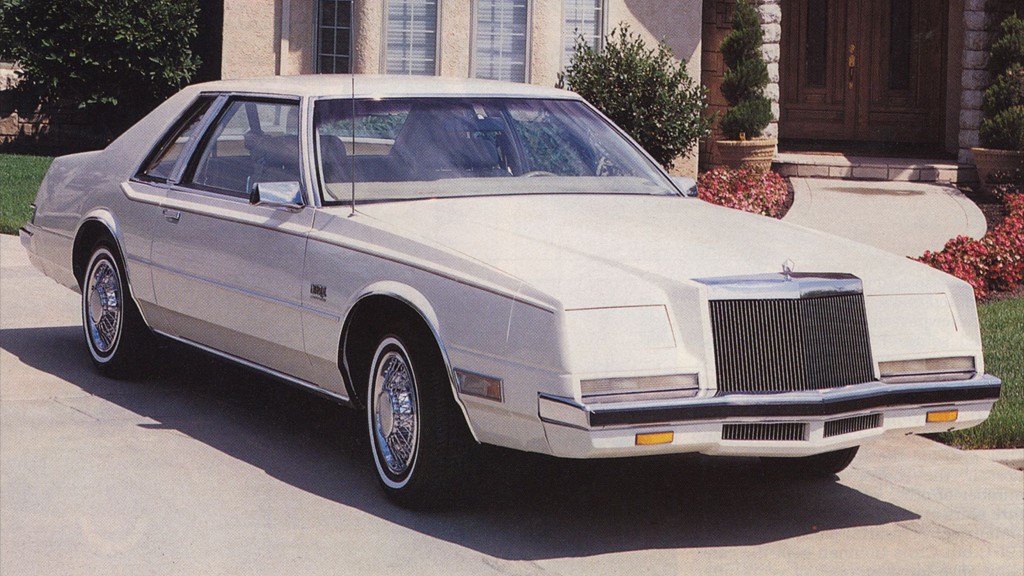
Lee Iacocca and the cameras
Parallel to working on production, Iacocca had to improve Chrysler’s marketing. He appeared in many TV commercials with an objective approach. He would show the new cars with a confident speech, attractive rational facts (like high mileage and low recall rate), simple language, and a catchy punchline in the end.
All those actions definitely paid off. Chrysler posted a small profit by 1981, and US$ 2.4 billion three years later. By resorting to stock offering, it raised US$ 800 million to repay its loans with years of anticipation. The company had competitive products and an efficient internal structure. It had been saved, indeed.
Iacocca’s public appearances were also helpful to sell less rational cars. He recreated the Imperial brand in 1982, this time with a full-size coupé, and the convertible LeBaron shortly afterwards. While those projects were not meant to sell high volumes, they helped make Chrysler’s image strong again in these new times.

Lee Iacocca’s ups and downs
After creating the Ford Mustang, helping Shelby establish itself, and saving Chrysler, Lee Iacocca became a national celebrity. He was also acquainted with stars such as Frank Sinatra, Vic Damone, and Bill Cosby, and appeared on talk shows every now and then. Not to mention he became a regular in TV commercials.
Unfortunately, his personal life was going the other way. Lee Iacocca was dealing with the loss of his wife of 27 years, Mary, at age 57. She died from type 1 diabetes, which led Iacocca to actively support further research for the disease. He has engaged in philanthropic ventures of several types since the 1980s.
The famous businessman would retire from Chrysler in 1992. Then, he would engage in smaller ventures, not necessarily in the car industry, mostly to raise money for diabetes research. Ford and Chrysler would bring him back to the spotlights here and there, like when the Mustang got the Iacocca Edition in 2005.
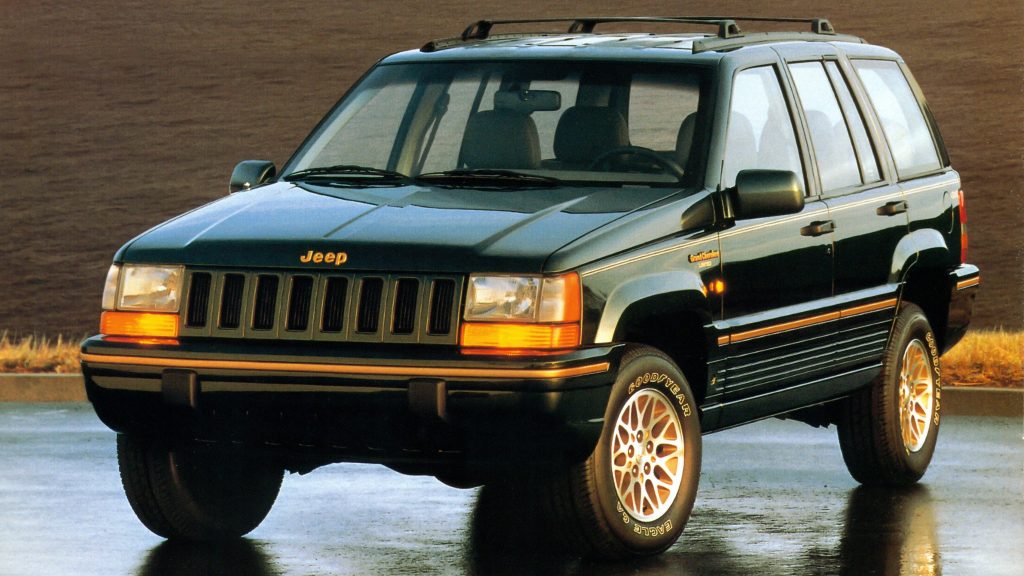
Lee Iacocca became a savior of the North American car industry. He led two of the Big Three carmakers in challenging times and helped Ford release a successful sports car and Chrysler survive one of its biggest crises. He passed away on July 2nd, 2019 and is survived by two daughters and eight grandchildren.
Sources
- Lee Iacocca, American Businessman – Encyclopædia Britannica
- Lee Iacocca, All-American Automotive Icon – Edmunds
- Lee Iacocca, who helped create the Ford Mustang and then rescued Chrysler in the 1980s, has died – CNN Business
- October 15, 1924 – Lee Iacocca is born – Automotive History
You may also like
After driving Chrysler back to prosperity, Lee Iacocca had it acquire other companies to try and expand its market scope. One of them was Lamborghini, which led to a great story.
Danillo Almeida has explored his passion for cars in two distinct ways. The first one is his graduation course in Mechanical Engineering, which will hopefully lead to a job position in the field. The other one is expressing his knowledge and opinions on the matter through writing. Almeida has already contributed to blogs, stores, and websites in general writing automotive content in many formats.




